

Shane O'Donoghue
2025 Nissan Ariya Nismo review: Quick drive
6 Days Ago
General Motors is rolling out an even more sophisticated Level 2 autonomous driving feature it says will eventually work on every paved road in the US and Canada.

News Editor
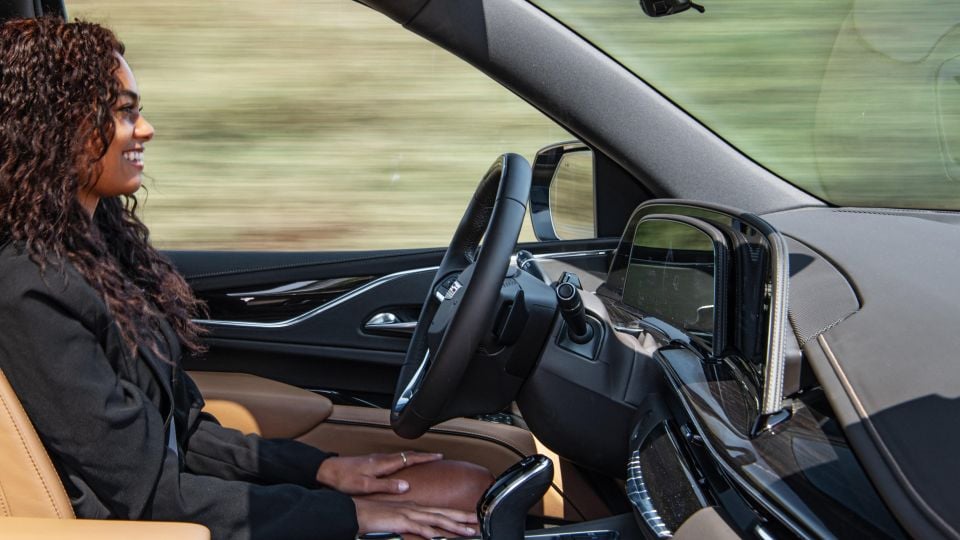

News Editor
General Motors is rolling out new hands-free driving technology that’ll rival Tesla’s so-called Full Self-Driving.
Called Ultra Cruise, GM says the feature, designed in-house, is “designed to ultimately enable hands-free driving in 95 per cent of all driving scenarios”.
It’ll be used in GM’s premium products and will debut in a future Cadillac model in 2023.
The company says it will initially be usable on more than two million miles (3.2 million kilometres) of paved road in the United States and Canada but will eventually be usable on every paved road in those countries, or more than 3.4 million miles (5.4 million kilometres) overall.
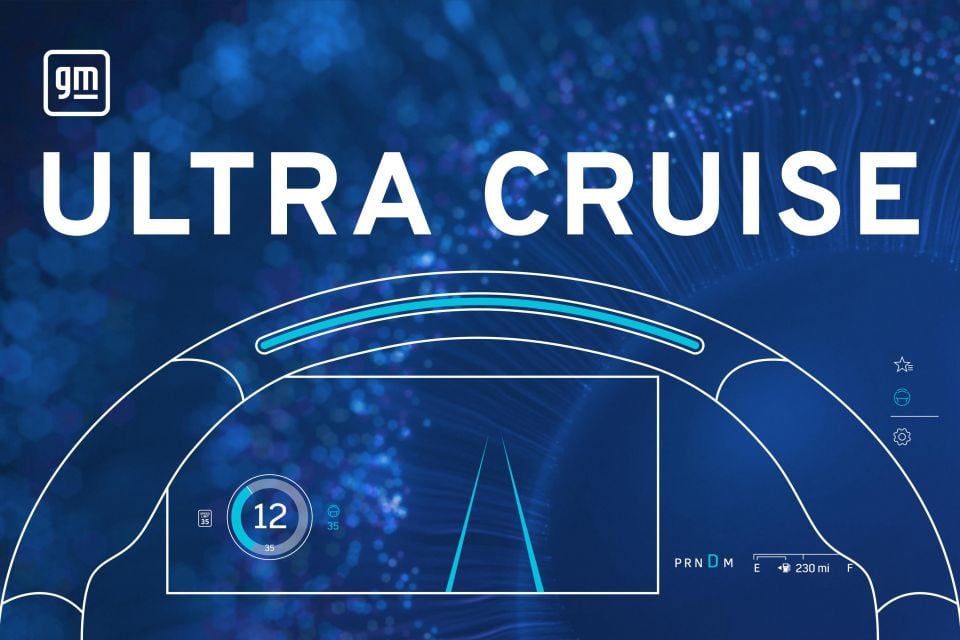
Super Cruise, the company’s current hands-free technology which also debuted in a Cadillac, will continue to be offered albeit in more affordable GM models.
GM is calling the new system a Level 2 autonomous driving system and it uses GM’s Ultifi software platform and Vehicle Intelligence Platform, with features and services capable of being rolled out during ‘frequent’ over-the-air updates.
It uses a combination of LiDAR, radars and cameras, with an integrated LiDAR behind the windshield. GM says this array of technology allows for full 360-degree perception around the vehicle.
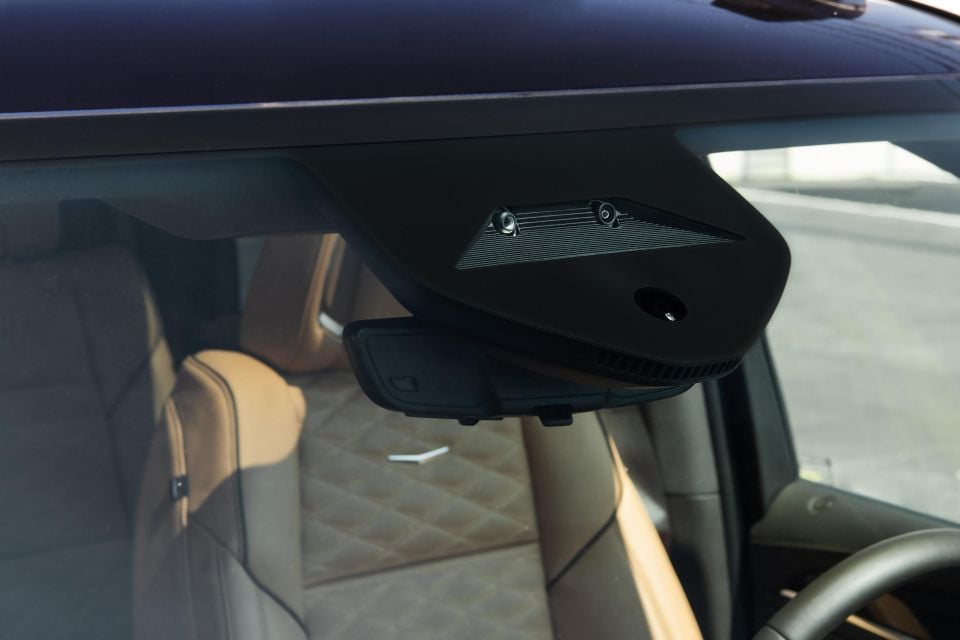
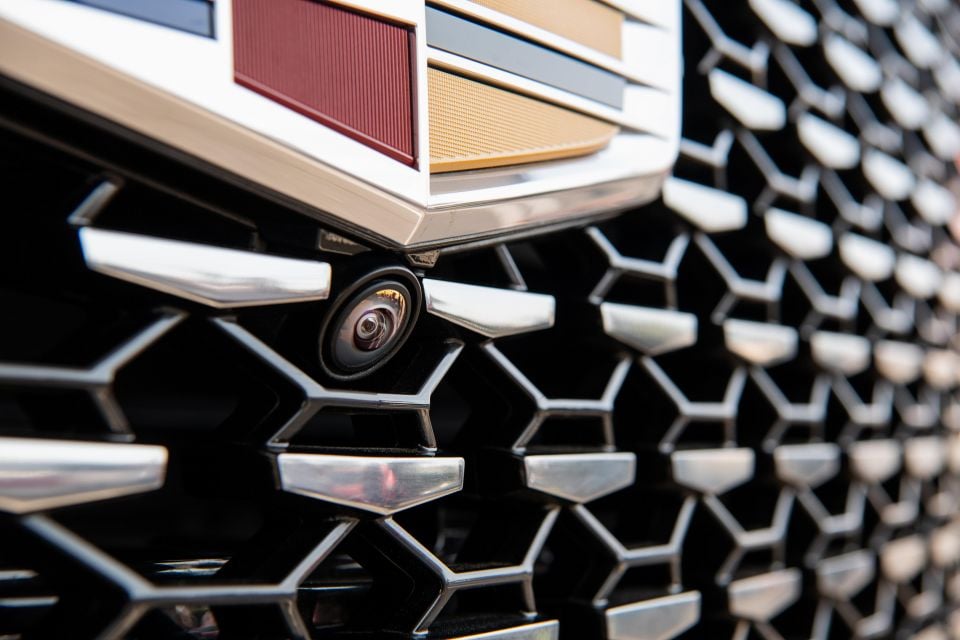
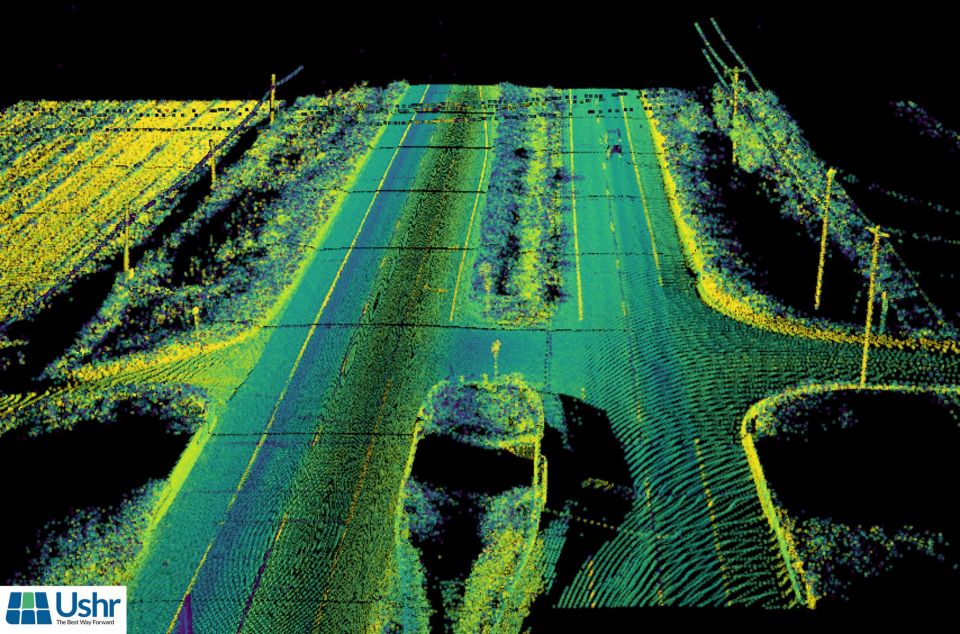
The company says Ultra Cruise is capable of:
It will also support left- and right-hand turns, close object avoidance, and parking in residential driveways.
The system will use diagnostic and learning systems to identify scenarios where it requires further improvement, sending data back to GM.
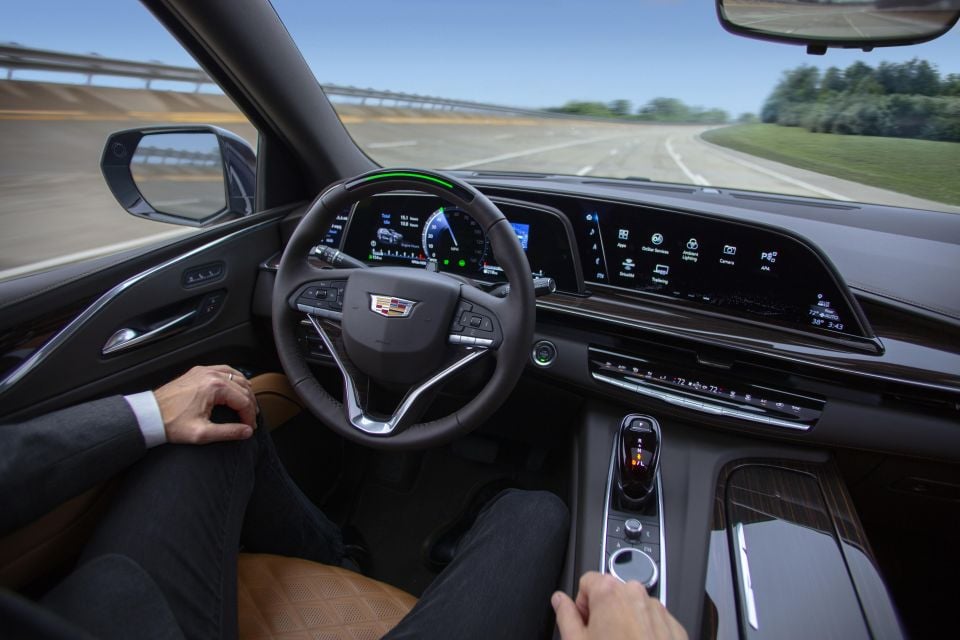
The so-called Ultra Cruise Dynamic Display will be directly in the driver’s line of sight and, as with Super Cruise, there’ll be a driver attention camera system.
While GM is using a combination of LiDAR, radar and cameras, rival Tesla doesn’t use LiDAR and has even transitioned away from radar technology in North American-built Model 3 and Model Y vehicles.
Its so-called Full Self-Driving beta is said to be able to guide the car from on-ramp to off-ramp, navigating lane changes and interchanges, and can identify stop signs and traffic lights.
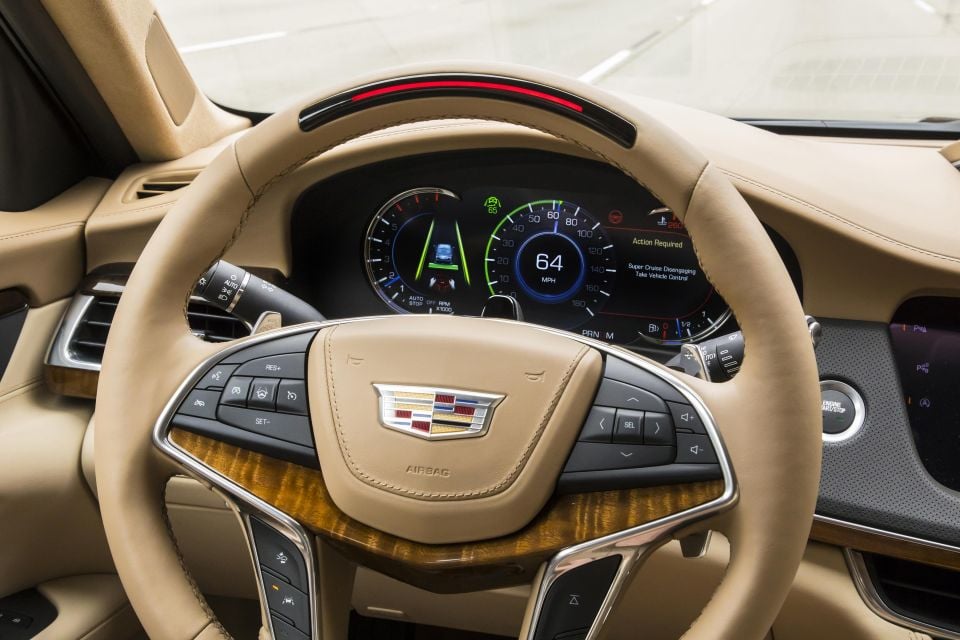
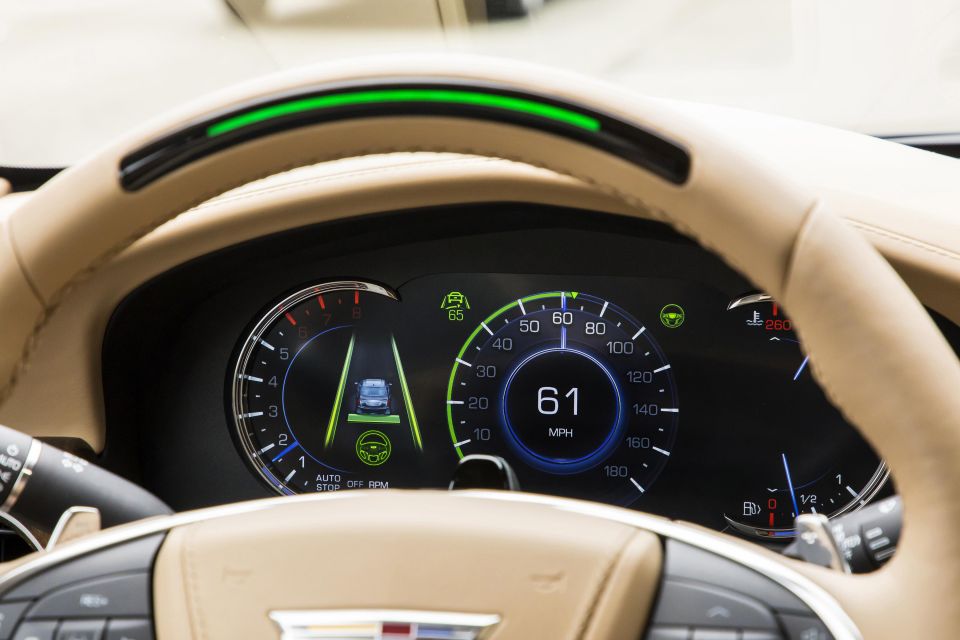
Australian customers don’t have access to the beta yet, though the FSD option here still includes semi-autonomous highway driving with lane changing and automatic parking with a summon feature.
GM has been careful to not use such a hyperbolic name for its autonomous driving technology.
Its Super Cruise debuted in 2017 on the full-sized Cadillac CT6 sedan, which has since been discontinued in North America.

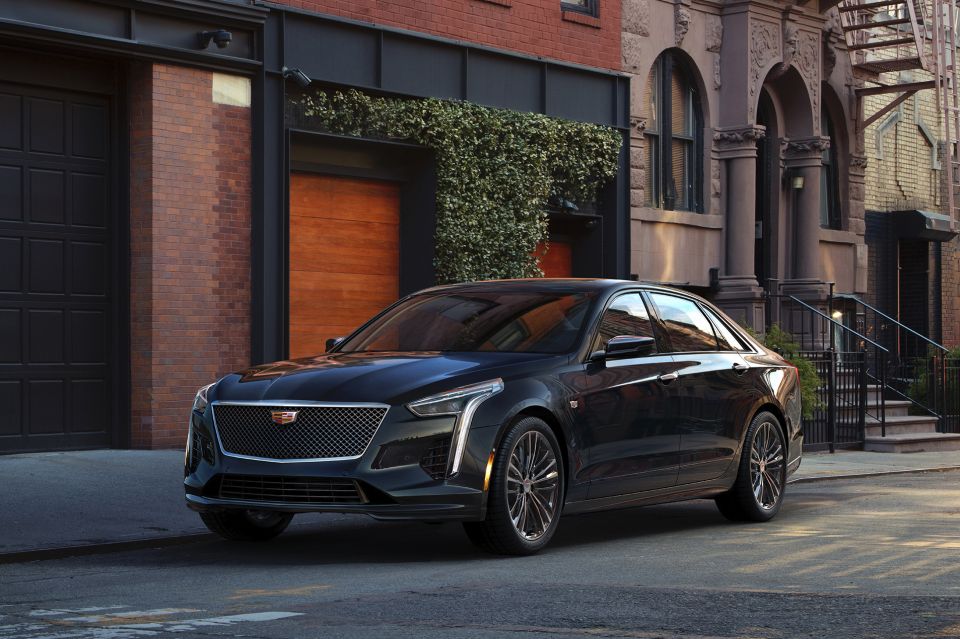
The feature has subsequently been introduced on the Escalade SUV, is being rolled out across the CT4 and CT5 sedans, and will feature in the brand’s first EV, the Lyriq.
It’s also expanding beyond the Cadillac range, with the feature set to be offered in select 2022 Chevrolet Silverado and GMC Sierra models plus the new electric Chevrolet Bolt EUV and GMC Hummer EV.
William Stopford is an automotive journalist based in Brisbane, Australia. William is a Business/Journalism graduate from the Queensland University of Technology who loves to travel, briefly lived in the US, and has a particular interest in the American car industry.


Shane O'Donoghue
6 Days Ago


Anthony Crawford
5 Days Ago


Matt Campbell
4 Days Ago


James Wong
3 Days Ago


Max Davies
1 Day Ago


Josh Nevett
8 Hours Ago